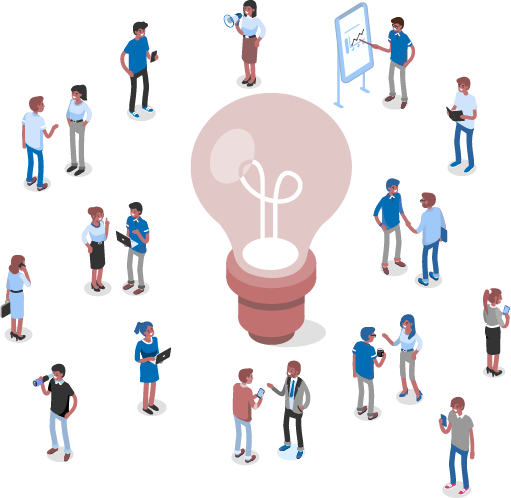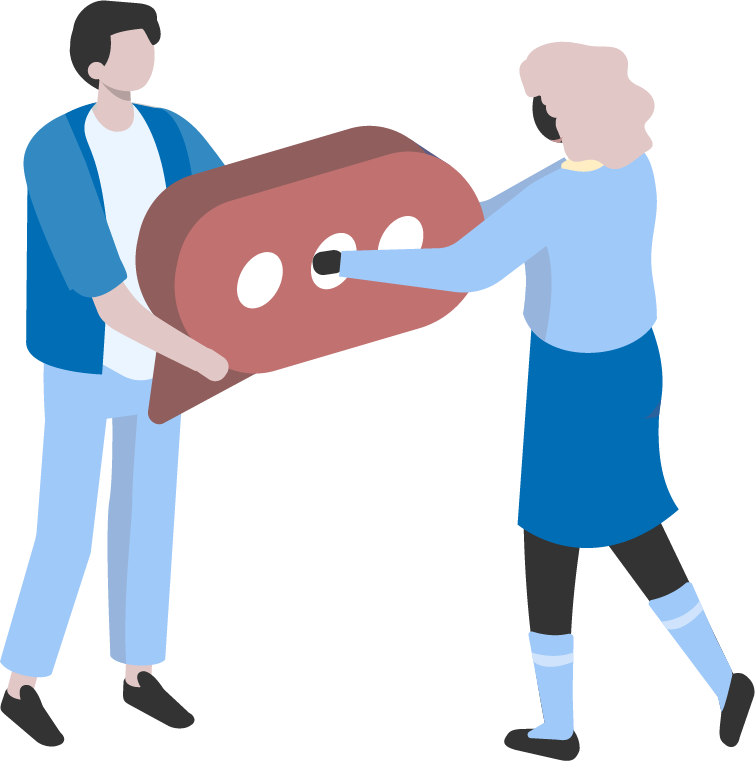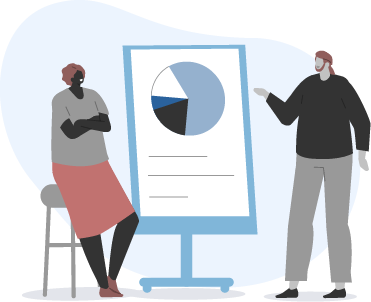A PhD’s guide to conferences
PhD research can be extremely demanding and quite isolating depending on your subject. Whilst for some attending a conference means getting a break from research, for others, it may mean leaving the library or the lab and wasting precious time on an activity with little to no direct impact on one’s work.
No matter your view, conferences are an inevitable part of PhD life, as it can be your first experience sharing your research outside the refuge of your department. There may be the concern of attending events where you merely listen to other people’s speeches – which you may or may not understand or agree with, yet conferences can offer a diverse range of experiences for the PhD student.
The networking opportunities are plentiful; however, it is not surprising to come away without learning too much about your research or field. So read on to learn useful ways to get the most out of conferences as a PhD student.

How to choose which conferences to attend
With so many different conferences to choose from, and with time and funding often limited, you need to think carefully about which conference you’re going to get the most out of.

Identify relevant events: Sign up for as many subject-specific mailing lists as possible to help you identify relevant conferences and workshops.
Research the event speakers: Keep in mind that event titles can often prove misleading, to avoid attending an irrelevant conference make sure you look into the backgrounds of the speakers, and the content of their papers.
Get advice from colleagues: Speak to your colleagues, because they may be able to share advice about conferences they’ve previously attended and which they found most useful. Ask your supervisor about funding options too as this may influence your choice.
Some research funding will include a budget to attend conferences to disseminate your work, so it’s worth investigating opportunities to get involved in the program.Consider additional benefits: Some conferences promise subsequent publication, which could be the means to your first article or book chapter. Also consider recurring seminar programs, which are a great way of entering an engaging community of like-minded scholars.
Post information
Related posts
Networking at a conference
Everyone attending a conference has a reason for being there, so don’t rely on people you already know; they will likely abandon you for ‘new’ people. Your target audience should be somewhere between high-profile academics, who are often swamped with admirers, and other lost or confused students.
Arrive early: The best thing to do is to turn up early and find a like-minded individual or individuals to chat with. If you aren’t very good at walking up to people, wait until circles form and edge your way in.
Have your elevator pitch prepared: Make sure you have a 30 – 60 second “elevator pitch” prepared to use during networking breaks. This can be as simple as thinking of answers to your research’s key question. Or what your approach is and why your research matters.
Get in touch with important contacts beforehand: If you have contacts in mind that you want to meet at the conference, then get in touch with them beforehand and set up a time to meet. Plan what you want to get out of the meeting so you can make your conversation as productive as possible.
Attend the conference dinner: The conference dinner is worth attending, offering extra opportunities to talk informally with fellow researchers. Don’t underestimate the value of splinter groups.
Find out where attendees are socializing: Not all students can afford the official dinner, especially those in the early stages of their thesis, so time spent in local pubs can be invaluable.

Presenting at a conference
Presenting a paper at a conference can be a valuable way of raising your profile as a researcher. This is also an excellent way to test out your ideas and theories. Questions received could identify areas that may need clarification or that you haven’t considered in your research. You may also receive literature recommendations to help strengthen your knowledge of the field.
Effective presenting is a matter of practice. Take time to rehearse beforehand, and you shouldn’t need to rely too much on pre-written notes. Watch others, and you will soon see how much this can blunt your delivery.

If you know the subject, it should flow naturally in most cases. Likewise, the best talks keep PowerPoint slides to a minimum. Don’t rely on anything more technologically advanced than text, and in particular, don’t try to link to the internet. The best thing to do is keep things light-hearted.
Then it’s just a case of coping with last-minute nerves. Turn up early to meet the session chair and get used to your surroundings. Have water to hand to cure a dry mouth, or to use as a prop when a pause is needed. Take your time but do be aware of the card-waving person in the front row (‘five minutes’, ‘please, please stop talking’, etc.). Ignore these only if the conclusion of your paper depends on them. And whatever you do, resist the temptation to applaud yourself afterward.
Where to next?
If you’ve found these tips helpful, take a look at:
Read more on academic conference tips every researcher should know
Our guidance on virtual academic conferences: 12 tips to get the most out of them
Our Insights newsletter – the latest news, tips, and resources delivered straight to your inbox.